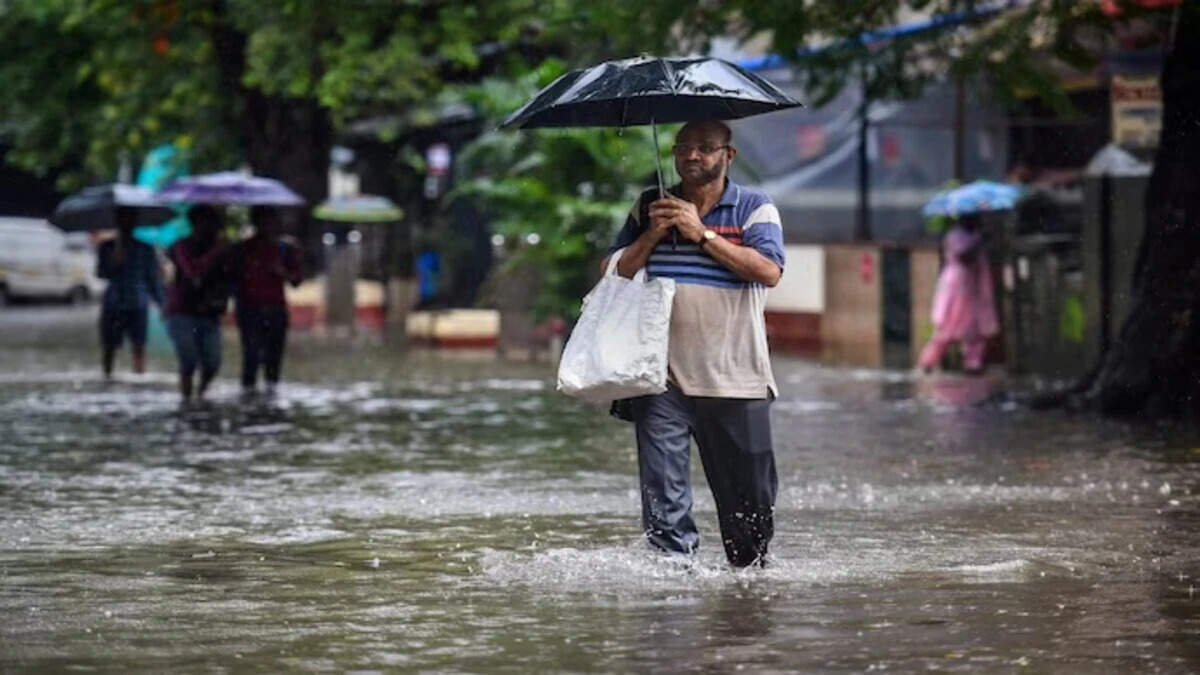In numerous states, including UP, Odisha, and U'khand, heavy rainfall alerts were issued.

The India Meteorological Service continues to issue color-coded alerts for different regions despite the fact that the monsoon season is already well started in several parts of the nation.
On Wednesday, a red alert was issued in Odisha, Chhattisgarh, and Madhya Pradesh, while an orange alert was issued for the next days in Uttar Pradesh, Uttarakhand, and Himachal Pradesh. The IMD stated on its official feed on Instagram "Some Record-breaking rainfall over Himachal Pradesh, Haryana, and Chandigarh on 8-12 July 2023"
The IMD issued an alert for Odisha and stated, "Be ready for a heavy downpour! On August 2, #Odisha is predicted to get Heavy to Very Heavy rainfall, with an Extremely Heavy downpour over 204.4 mm being possible. Be careful!"
Weekend rain is forecast for Lucknow, and Bundelkhand is anticipated to see heavy downpours: Met
On Wednesday, the Odisha government declared that 12 out of the 30 districts' schools and Anganwadis will remain closed. For the following 48 hours, the state will continue to see significant rains.
Due to heavy rain on Thursday, the Meteorological Department issued a warning about localised flooding in Madhya Pradesh. "Red Alert for Madhya Pradesh," the IMD announced on its official X account, warns that the state is likely to have Heavy to Very Heavy and Very Heavy rainfall on August 3. East Madhya Pradesh is also anticipated to experience Extremely Heavy rainfall on August 2.
Moreover, the IMD issued a warning for Chhattisgarh. "Be ready for a Heavy Downpour! On August 2, heavy to very heavy rain is predicted for #Chhattisgarh, with a very heavy downpour reaching 204.4 mm being possible. IMD posted, "Be careful out there.
A senior meteorology service official predicts that August rainfall in India would be below average. The El Nino phenomenon is blamed for this weather trend.
However, the nation received an above-average monsoon in July, which was advantageous for farmers as it allowed them to expedite the process of crop planting. August's below-average rainfall could have a negative impact on the region's agricultural and water supply.
.png)